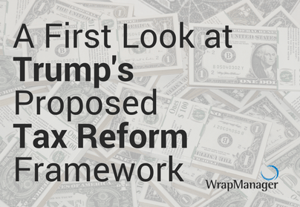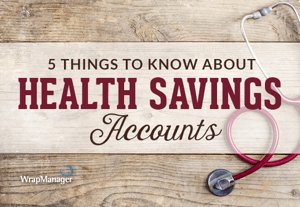Let’s start with a more basic question: what is a tactical money manager? To answer that, an investor must first understand “tactical asset allocation,” which is an active management portfolio strategy that aims to capitalize on certain anomalies and/or events in the markets.
Many tactical money managers try to actively trade around such anomalies to gain a leg-up and produce what’s known as ‘alpha’ in a portfolio. Often times, the tactical money manager sees a situation in the market – whether it be bullish or bearish – and attempts to navigate a portfolio through it, with the aim of making a profit or avoiding a loss. In many cases, the manager may allocate back to the original asset mix once the ‘event’ passes, but not always.
[+] Read More

















